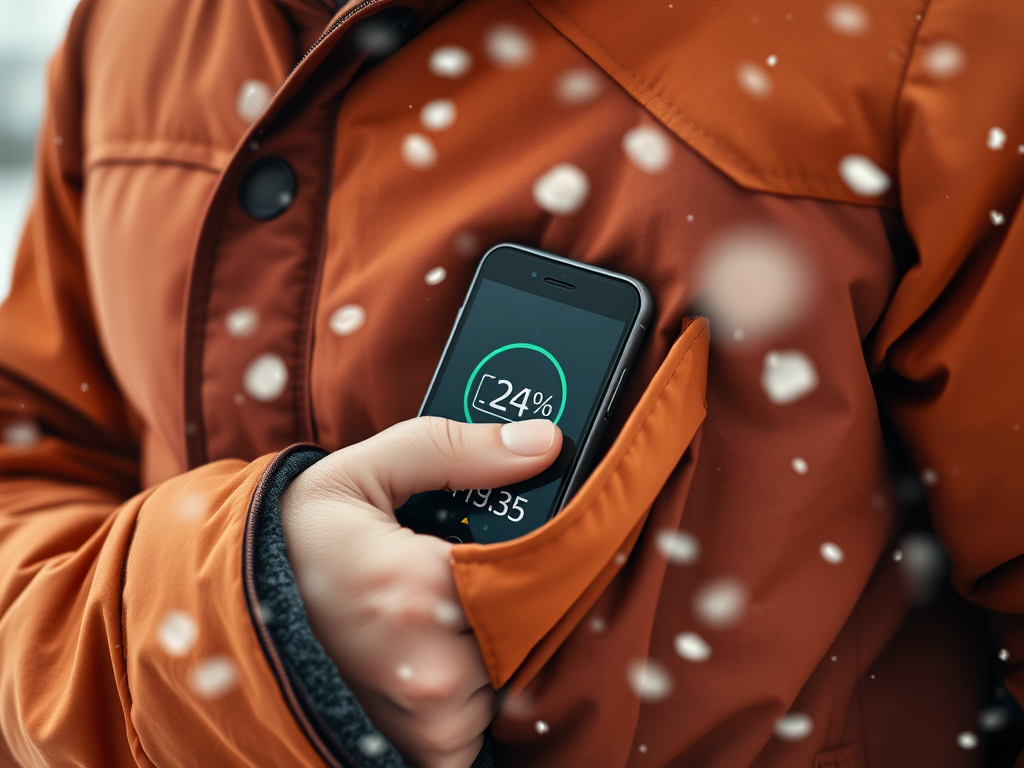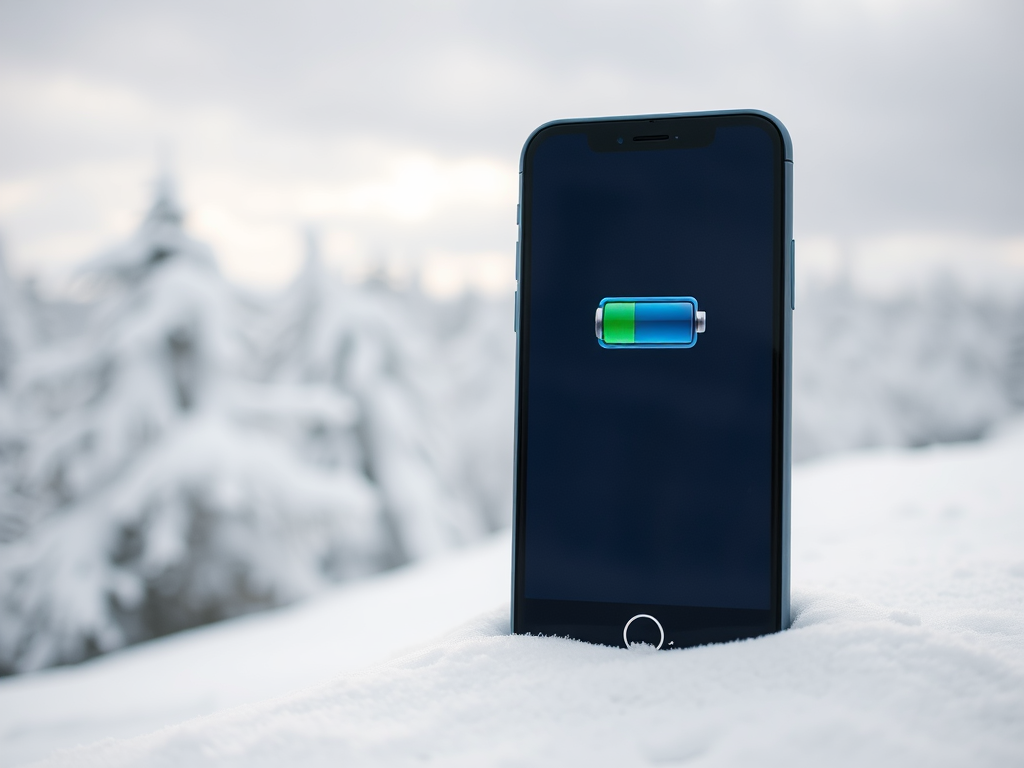With the rise of smartphones as indispensable tools in our daily lives, understanding how temperature affects their performance has become critical. As winter months approach, many users begin to notice their devices behaving poorly when faced with frigid temperatures. The question arises: do phones really die faster in the cold? This article seeks to delve into the science of smartphone batteries and their interactions with colder climates, providing insights into what truly happens to these devices when the temperatures drop.
Most smartphones today rely on lithium-ion batteries, which are designed to offer impressive power and longevity. However, these batteries have their limits, and extreme conditions can significantly alter their performance. It’s essential to explore the mechanisms behind lithium-ion technology and how external temperatures influence these processes. With a better understanding, users can take precautions to ensure their devices remain functional and reliable in winter conditions.
Understanding Smartphone Battery Technology

Smartphones primarily use lithium-ion batteries due to their high energy density and relatively lightweight design. One of the key features of these batteries is their ability to charge and discharge energy swiftly, making them ideal for powering various applications that require quick bursts of energy. However, every battery operates within a specific temperature range, and when the mercury drops, so does the efficiency of these chemical reactions.
As temperatures decrease, the electrolyte within lithium-ion batteries becomes less conductive. This slowdown can result in a noticeable reduction in the battery’s capacity to hold a charge, causing users to panic when their phones lose power unexpectedly. This phenomenon highlights the importance of temperature control for smartphones, especially in locations that experience harsh winter weather. Understanding these dynamics can better prepare users for potential issues when it’s cold outside.
The Impact of Cold Weather on Battery Life

Research indicates that exposure to cold temperatures can indeed lead to a faster drain on smartphone batteries. While batteries are engineered to operate under specific conditions, those conditions change with the environment. In order to maintain optimal battery health, users need to be aware of how low temperatures can compromise performance.
During cold spells, users might experience both short-term and long-term effects on their devices. Short-term effects include the quick drop in battery percentage and possible shut-downs, while long-term exposure may degrade overall battery health. To illustrate the full impact of cold weather on battery performance, consider the table below:
| Temperature (°F) | Battery Life Impact |
|---|---|
| Above 32°F | Minimal impact, battery performs optimally |
| 32°F to 20°F | Noticeable drain, may experience battery percentage drop |
| Below 20°F | Significant drain, potential for shutdowns |
Signs Your Phone is Affected by Cold Weather
It’s crucial for smartphone users to recognize the signs that their device may be adversely affected by cold weather. Many people may overlook these early warning signals, which can lead to frustration or even damage to the device. Here are some common symptoms that indicate your phone’s battery is struggling:
- Decreased Battery Percentage: Users may notice a significant drop in battery life despite minimal usage.
- Unexpected Shutdowns: Phones may turn off suddenly, even when the battery shows a charge.
- Slower Performance: Cold weather can lead to lagging apps and unresponsiveness.
- Feature Malfunctions: GPS and camera functionalities can be impaired.
Best Practices for Protecting Your Phone in Cold Weather
To keep your phone operational when the temperatures dip, there are a number of practical strategies users can employ. By taking proactive steps, they can minimize the adverse effects of cold on their device. Below are several tips to consider:
- Keep Your Phone Warm: Store your phone in an inner jacket pocket to retain heat.
- Reduce Screen Brightness: Lowering brightness can conserve battery life significantly.
- Limit Background Apps: Close unnecessary applications to save energy.
- Enable Battery Saving Mode: Use this feature to extend battery life during cold exposure.
Conclusion
In summary, it is clear that cold weather can negatively impact your smartphone’s battery performance. By understanding the underlying mechanisms of lithium-ion technology and adopting effective measures to protect your device from harsh winter conditions, you can extend your phone’s usability. Given the importance of connectivity in today’s world, it’s essential to be proactive about battery care to ensure consistent functionality during colder months.
Frequently Asked Questions
- Can I leave my phone in a cold car overnight? It’s best to avoid leaving your phone in extremely cold environments, as this can lead to battery drain and potential damage.
- What temperature is too cold for a smartphone? Most smartphones are designed to operate within a range of 32°F to 95°F (0°C to 35°C), with temperatures below freezing posing risks.
- Will my phone recover when it warms up? Yes, once your phone returns to a more moderate temperature, the battery performance should normalize.
- Are some smartphones better at handling cold than others? Generally, rugged phones or those designed for outdoor use tend to be more resilient in cold conditions.
- What should I do if my phone shuts down in the cold? Move your phone to a warmer environment, and once it warms up, it should restart and function normally.


